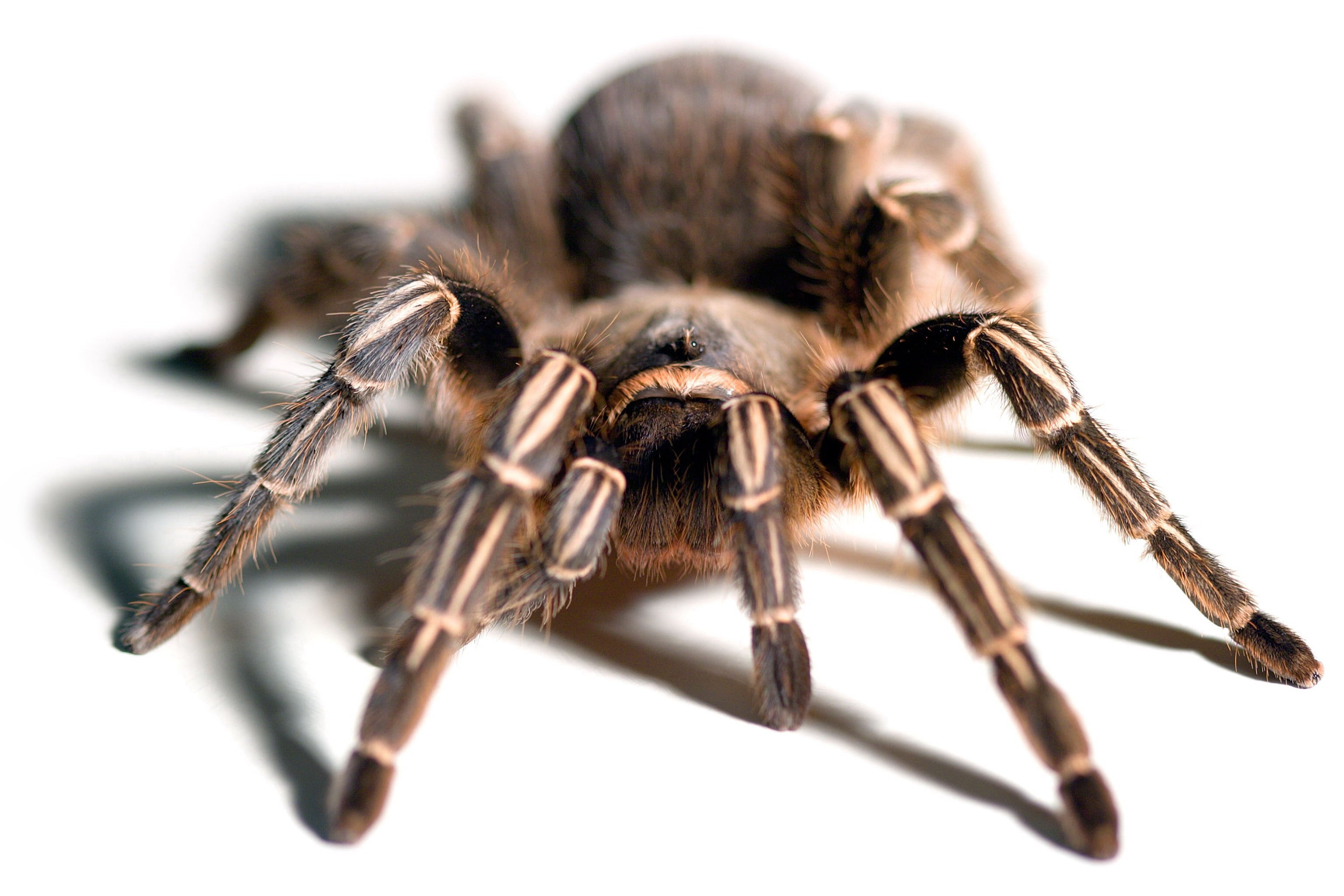Description
Aphonopelma seemani (Stripe Knee) Sub-Adult (Unsexed) - Image is for illustration purposes only!
Housing
- Enclosure: A sub-adult Aphonopelma seemanni requires a terrestrial setup. An enclosure with dimensions roughly three times the leg span in width and twice in leg span in depth is appropriate, making a 30cm x 20cm (width x depth) enclosure suitable. They don't require a tall enclosure, but enough substrate to allow for burrowing is necessary.
- Substrate: Use a mix of coconut fiber and peat moss, or a commercially available tarantula substrate that retains moisture well. A depth of 4-6 inches will support natural burrowing behaviors.
- Humidity: This species prefers moderate humidity levels around 60-70%. Humidity can be maintained through regular misting, but ensure proper ventilation to prevent mold growth.
- Temperature: Keep the enclosure at a steady temperature between 24-28°C (75-82°F) during the day, with a slight drop at night. This can be achieved with a heat mat placed on one side of the enclosure, ensuring a gradient for the tarantula to choose its preferred temperature.
Feeding
- Diet: Feed your Aphonopelma seemanni a varied diet of insects, including crickets, roaches, and occasionally mealworms. For a sub-adult, feeding 2-3 times a week is sufficient. Adjust the frequency based on the tarantula's appetite and body condition.
- Water: Always provide a shallow water dish with fresh water. The dish should be shallow enough to prevent drowning and large enough for the tarantula to drink from.
General Care
- Handling: Aphonopelma seemanni can be more skittish than aggressive, but it's advisable to limit handling to reduce stress on the tarantula and the risk of falls or injury. If necessary, use gentle coaxing into a secure container for transport.
- Molting: As your tarantula approaches adulthood, it will continue to molt. It may refuse food and become less active as it prepares to molt. During this time, ensure that the humidity is slightly higher to aid in the molting process, and avoid handling. Resume feeding a few days after the molt once the new exoskeleton has hardened.
- Environment: Providing a hide, such as a piece of cork bark or a half-buried flower pot, can offer security and a place for your tarantula to retreat. Decorations should be stable and not pose a risk of falling on the tarantula.
Social Needs
- Tarantulas are solitary animals and must be kept alone to avoid stress and potential cannibalism. They do not require or benefit from social interaction with other tarantulas.
Order and get 30 reward points
Earn points by signing up for our rewards program

